Tyler Gillespie of Productized.Services joins us to outline how best to build a productized service business with the intention of selling it. Or not selling it. It’s up to you. Either way, you’ll have a kick-ass well-oiled company!
About Tyler Gillespie
Noted founder with two successful exits under his belt, Tyler loves building and scaling productized service businesses! Currently, he shares his thoughts via productized.services. He enjoys traveling regularly, with home bases in Medellin, Colombia, and his hometown in Colorado. Passions include Latin culture, speaking Spanish, playing chess, and salsa dancing.
Points of Interest…
- What set Tyler on the Strategic Path to Productized Services? 1:06
- Implementing a Strategic Plan for a Productized Service 4:21
- Strategic Plan Leading to Unconventional Acquisition 6:33
- Applying Learnings from First Business to Second Business 8:59
- Tyler’s Productized Services Checklist 13:31
What Set Tyler on the Strategic Path to Productized Services?
Tyler has spent much of the last year providing consulting services to other agency owners, helping them to package up what they do to better sell on outcomes and fixed deliverables rather than hours! More recently, however, Tyler has decided to scale back on the consulting side of things in order to focus on building again. Why? Because he feels it’s important to have a connection not only to “teaching” but also “doing.” As for how Tyler got to this point? Well, it seems he has always had a toe in the service businesses…
“My family owned more brick and mortar service businesses in real estate. Whether it was property management, vacation rentals, or home maintenance, I was always involved in that space. Eventually, I transitioned online, doing more marketing, and so on. Really, I started my first agency around 2008 to 2010, doing vacation rental marketing in Colorado.”
After that, he decided to create something that was disconnected from location, whereby he could travel and run his business from anywhere. This turned out to be a huge step toward his business model today.
Implementing a Strategic Plan for a Productized Service
Given Tyler went on to sell the aforementioned agency, I’m keen to hear more about his transition from moving into a more productized service, having that unlock the business, and then eventually leading him to a place where he was able to exit.
“We were going into a new year and I just said ‘We’re cutting everything, we’re going to productize this. So we looked at the most profitable things we were doing alongside things that incurred the least amount of customer headaches; the most fun things to do in tandem with the easiest to fulfill. We whittled it down to just two things. One was email copywriting, the other was blog posts and articles.”
As it turns out, Tyler ended up whittling things down even further, to just focussing on the posts and articles. So they did away with everything else – from funnels to websites, landing pages, and design – to double down on copywriting. It was a rigid fixed offering, with Tyler and his team diligently saying ‘no’ to anything that didn’t fit into its criteria.
Over the course of two years, they built things up to a team of 120 writers and oodles of success – to the point where his partner suggested they explore the idea of potentially selling the company.
Strategic Plan Leading to Unconventional Acquisitions
Tyler’s first acquisition could be described as unconventional, from a number of perspectives, namely in terms of timeline, deal flow, and more. However, the way the business was set up and run resulted in such a quick response when the company was listed. For example; given his use of systems and processes the business was working effectively without him.
As you may (or may not be) aware, we’ve done a slew of episodes with M&A experts. They have all mentioned getting your business to the point of it running in absentia to optimize being acquired. Tyler is an effective example of putting this ethos into practice, resulting in an expedient sale.
And we’re not just talking fast, but also with high competitive leverage, which presumably pushed him to a good multiple plus amazing terms. Remember I mentioned this deal was unconventional? Well, Tyler received an all-cash offer with no earn-out… To give this context for the uninitiated; you’re not getting all cash upfront. You’re usually getting a bunch of that in company stock in the company that’s acquiring you. Then you’ve gotta stick around for 2, 3, 4 years to earn that and help the transition.
True, there were a lot of exceptional things about Tyler’s acquisition. However, he created this scenario by buttoning up the business in all these ways.
“Looking back, there was a lot of things that we did, whether intentionally or not… We had very low churn – comparitively for an agency – largely because we productized so well. We were out of the business, hands off, and had a great team in place that was running the entire thing for us. These are the things that a buyer wants to see.”
Additionally, they had a three-year track record and decent gross profit margins. In short, Tyler and his team had a lot of things working in their favor. Not a lot of service businesses could check those boxes off and such boxes are what lead to lower multiples and earn-outs. And certainly not cash upfront.
Side note: our Agency Profit Toolkit is a one stop shop for you to be able to outline some of these crucial profitability numbers to a potential buyer. Spreadsheets, templates and training videos, you name it, it’s all in the toolkit. Grab yours free at the link below:
Applying Learnings from 1st Business to 2nd Business
After selling the company, Tyler presumably went through the familiar process of having an existential crisis because you don’t know what to do with yourself. That didn’t last long, however, as – naturally – he soon set up another business. So, what learnings gleaned from the first experience did Tyler apply to his second business? How did that impact the growth of that second business?
“Selling the business was awesome. From the experience to getting a good amount of cash that can bank roll your next chess move. However, looking back, if I was going to do it again, I probably would’ve just bought my partner out. There are a reason why people want to buy cash flowing assets – because they’re very hard to start from zero!”
There’s a saying Tyler references – “Rick people sell assets, wealthy people accumulate them” – which rings true. So, if he could do it all again, he would’ve hung onto his first business. Why? Because any business requiring minimal input from you (or, in Tyler’s case, about an hour a month…) while cash still rolls in is worth hanging on to.
I recently read Walker Deibel’s Buy Then Build, in which he makes a rather compelling data-backed case that’s real. Having occupied the agency space myself as an entrepreneur, I’m well aware the risk around product-market fit, and how substantial it is. No matter how competent you are as an entrepreneur, it can take years to decipher the nuances of this fit. ***I explore this more from 11:37***
Tyler’s Productized Services Checklist
A lot of the principles that Tyler had in his first business – including having decent systems and good process – almost made it a colloquial acquisition situation. Doesn’t it sound like a super casual thing? Of course, a transaction of that magnitude could never be referred to as such. However, given Tyler and his partner didn’t need to undertake a load of additional work to hand off the business. you could be forgiven for calling it casual! How did he achieve this ease of transitioning? By documenting his processes…
“I developed a playbook. Basically, it’s an outline chronicling all the things you need to do if you’re gonna build a service business. This is gonna make it attractive for an investor. So, that checklist is essentially what I try to work through.”
As for the benchmarks to hit over the course of one-to-three years, here is Tyler’s checklist for those at high-level. Strap in, there are 14 items! ***Tyler outlines some of the below items from 15:33***
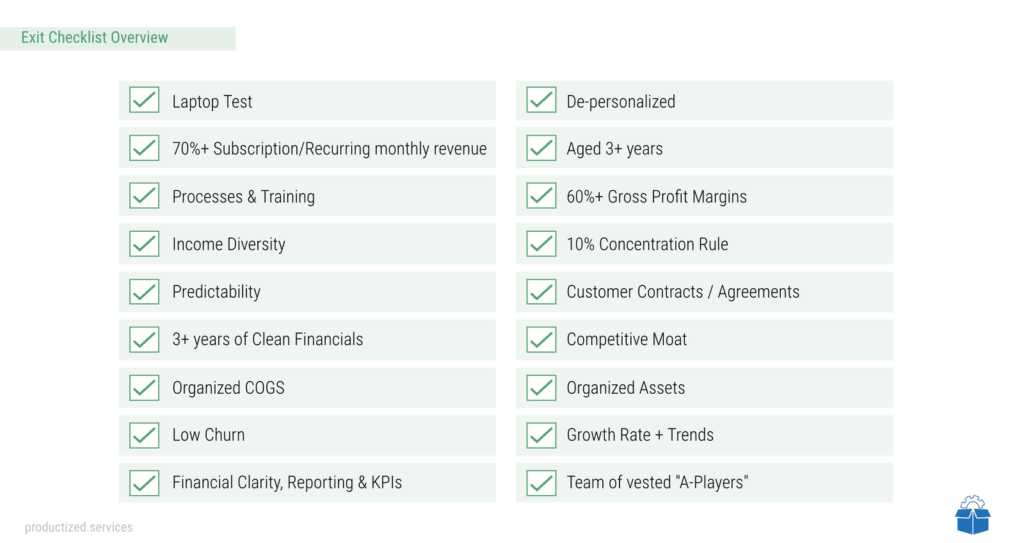
• The Laptop Test: If you were to close your work laptop today and never opened it again, how long would your business last without you? This scenario is super important for potential investors in terms of whether you’ll receive a large or long earn. For example, if they’re going to have to hire another operator that will impact their decision to invest. ***More on this from 15:57 minutes***
• Income Diversity: Do you have a balanced flow of income from a few clients, or do you rely on a few major whales? Obviously, the former is the optimum scenario for potential buyers; if a whale customer departs from your books for whatever reason, that is going to negatively impact your business and motivate an investor to employ a longer earn-out.
• Gross Margins: 80% would be optimum, but anything above 60% gross profit margin is preferable.
Competitive Moat, Team of Vested A-Players, and Aged for 3+ Years Minimum are just some of the additional criteria that should ideally be boxed off. Investors want to see if your business has weathered a few storms, which builds confidence in your model.
Key Takeaway…
Your agency should serve you, not the other way around. Start thinking about systems and exiting your business (even if you never plan to) and, in the process, decipher what makes a service business desirable and valuable to potential buyers.
Basically, it’s about derisking at every turn for the investor. Ultimately, that is what is gonna create this higher multiple, easier due diligence, and lower earn-out – all of these things! It’s all a risk game for the investor at the end of the day.
See more from Tyler…
Tyler is circling back to his first love, that being the concept of creating a more tech-enabled content agency. Right from Google Chrome, you can get matched with an industry-specific human writer within 10 minutes. If that sounds of interest, do reach out to him via the below!
Did you learn anything new from this episode? Let us know in the comments below! We have helpful blogs designed to bolster your agency profitability, such as How To Calculate Your Billable Employee Cost-Per-Hour.
Our next installment of #APP, on July 13th, will see Marcel chat with Hands-Off CEO Mandi Ellefson. Our previous blog – Episode 89 with Jon Morris – can be viewed here…
Avid #APP Listener?!
We would be eternally grateful if you could leave us a review…
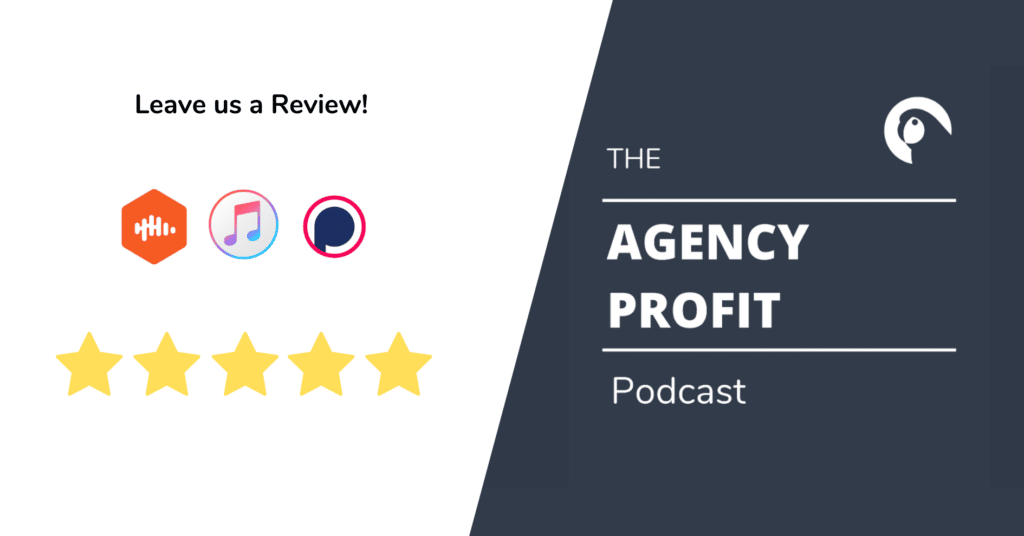
Agency Profitability Tool Kit
If you’re looking for more resources to help you improve your agency’s profitability, check out the Agency Profitability Tool Kit. It’s full of templates and checklists used when consulting clients. This helps them improve profitability by over 100% in under 60 days.

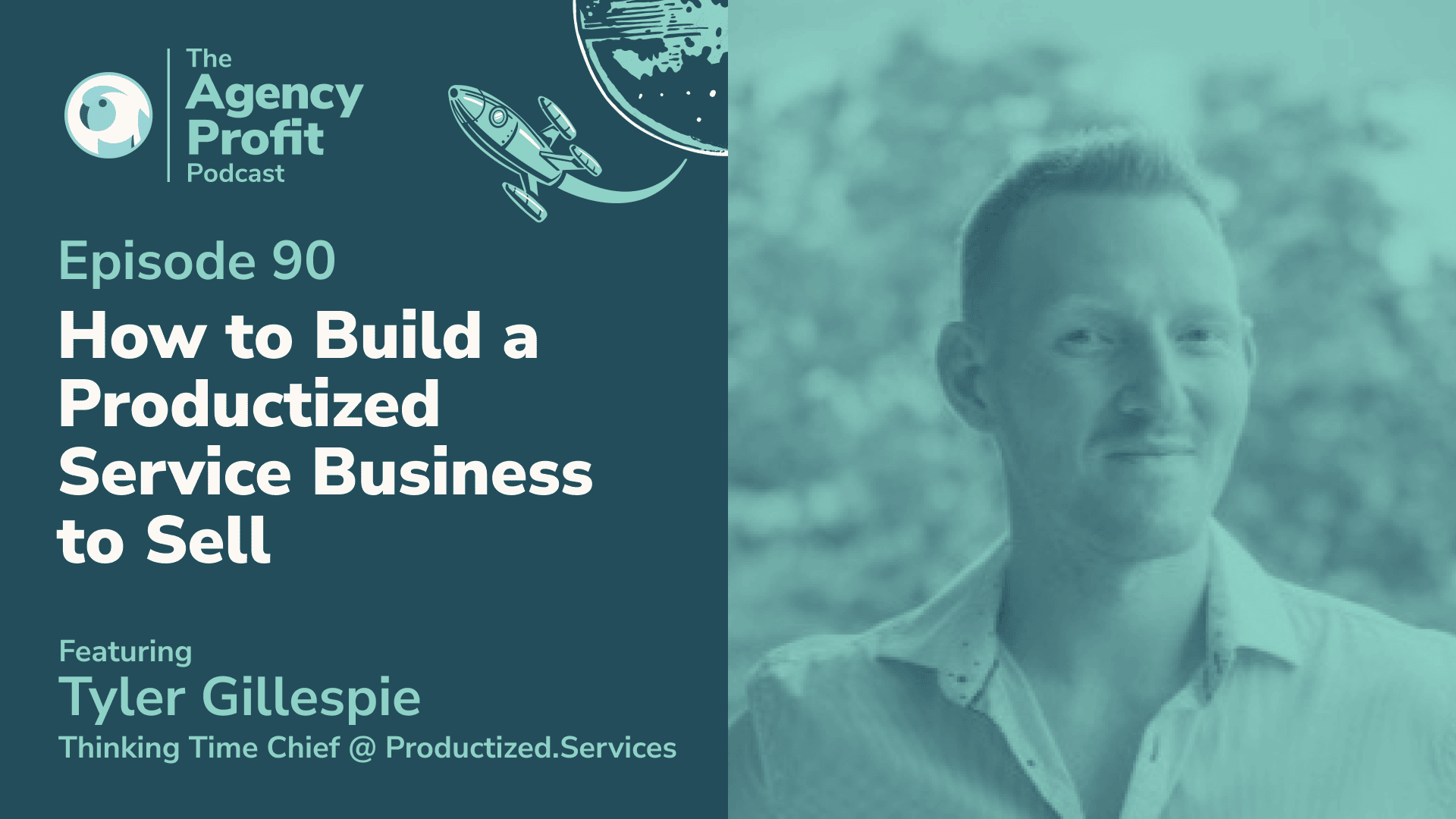
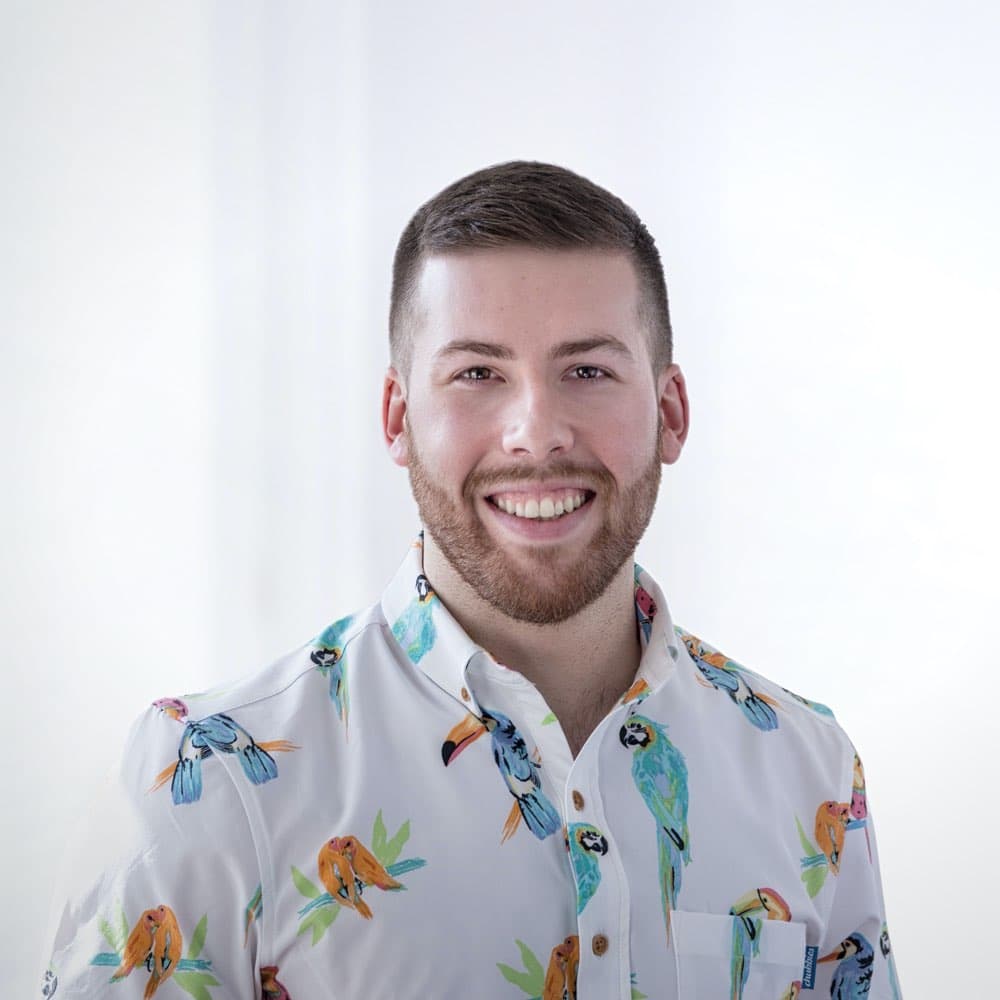

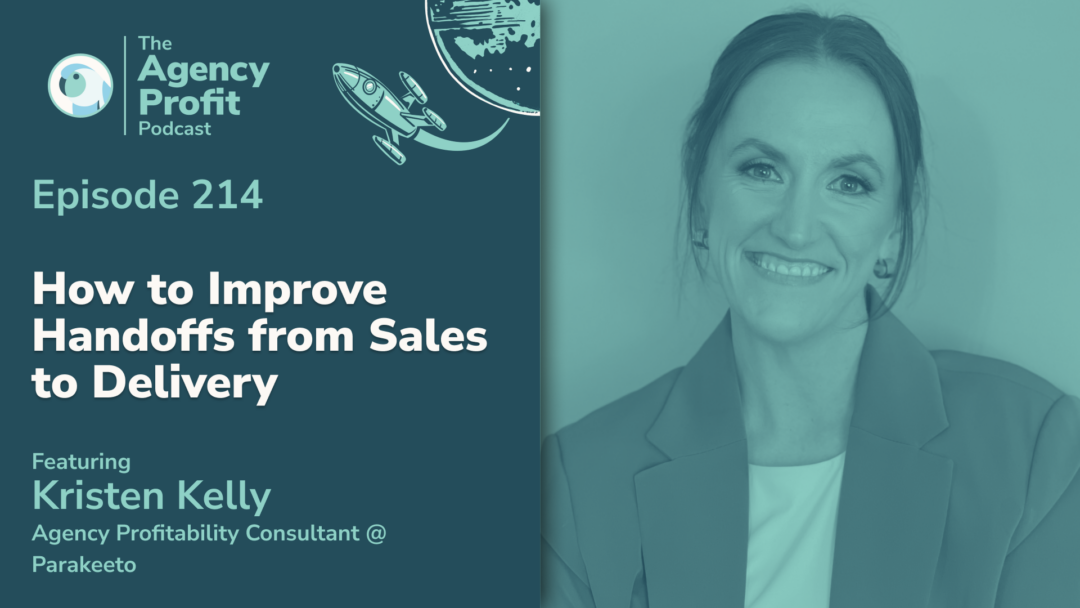
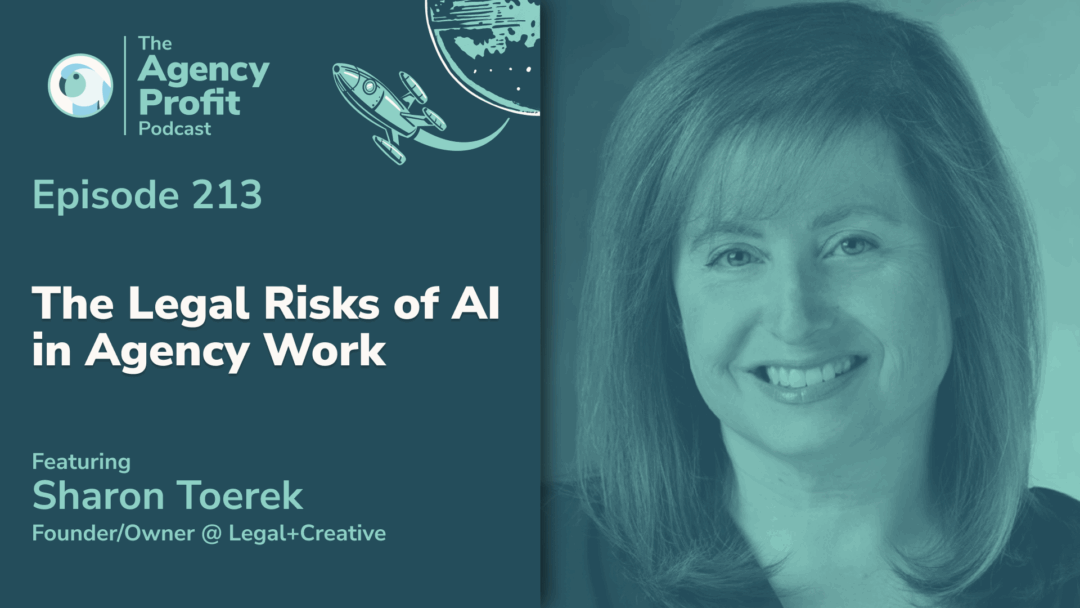
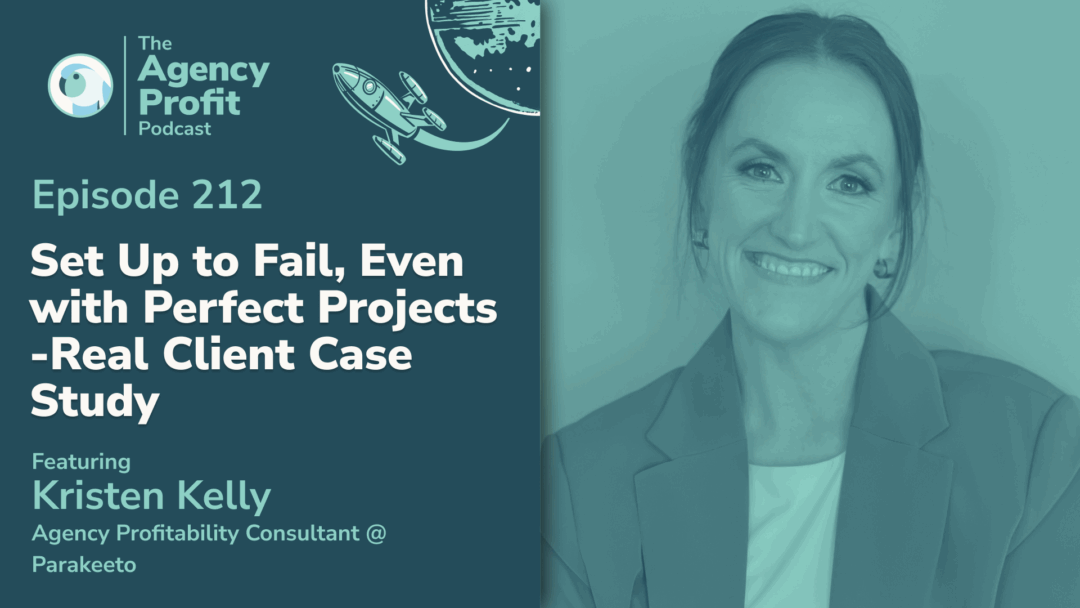

0 Comments